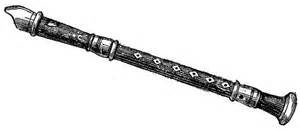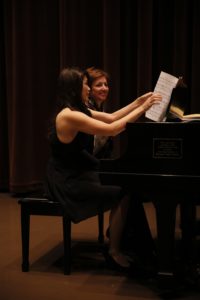Locke nur, Erde, mit schmeichelndem Reize!, a cantata by Georg Philipp Telemann (1681–1767)
- Jauchzt, ihr Christen, seid vergnüg
- Gott will Mensch und sterblich werden
- Dieß ist der Gotteskinder Last
Malya Muth, soprano
Sabine Endrigkeit, flauto dolce and Lucy Wenger, continuo
La Cattarina by Tarquinio Merula (1595–1665)
Sabine Endrigkeit & Jill Carlsen, flauto dolce
Michael Partington (guest artist), guitar
Ardo, è ver, per te d’amore, a cantata by Alessandro Scarlatti (1660-1725)
- Ardo è ver, per te d’amore
- T’amo, t’amo sì
- Quel vento che d’intorno
Malya Muth, soprano
Jill Carlsen, flauto dolce and Lucy Wenger, continuo
Trio for Piano, Violin and Cello, Op. 101 by Johannes Brahms (1833-1897)
- Allegro energico
- Presto non assai
- Andante grazioso
- Allegro molto
Ann Rackl, violin Lawrence Chu (guest artist), cello & Selina Chu, piano
INTERMISSION
Duo for Violin and Cello, Op. 7 by Zoltán Kodály (1882-1967)
- Allegro serioso, non troppo
- Adagio
- Maestoso e largemente, ma non troppo lento
Candice Chin, violin & Louie Richmond (guest artist), cello
Program length is approximately 95 minutes plus 10 minute intermission. Light refreshments served after the performance. Please join us!




